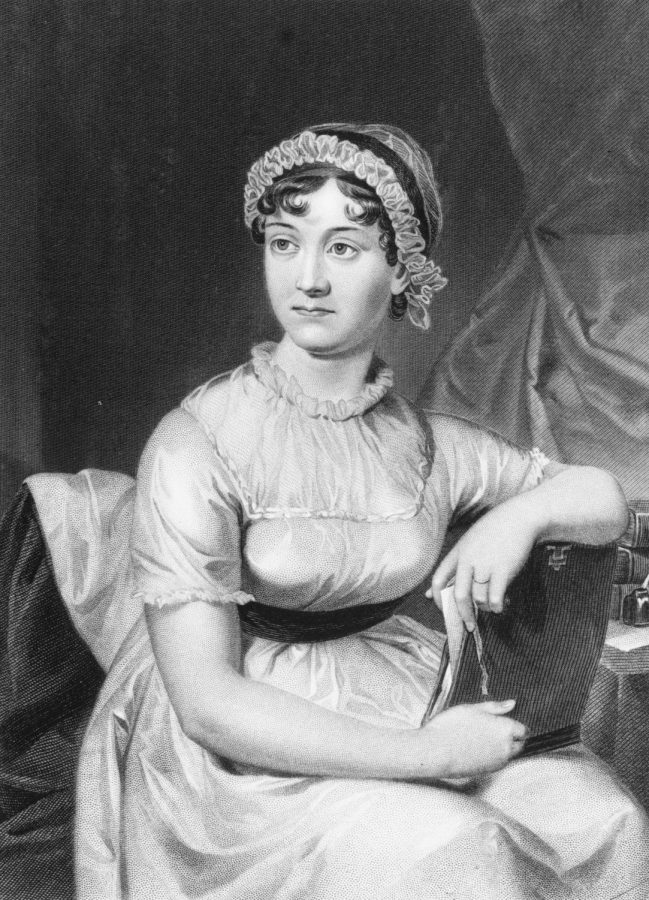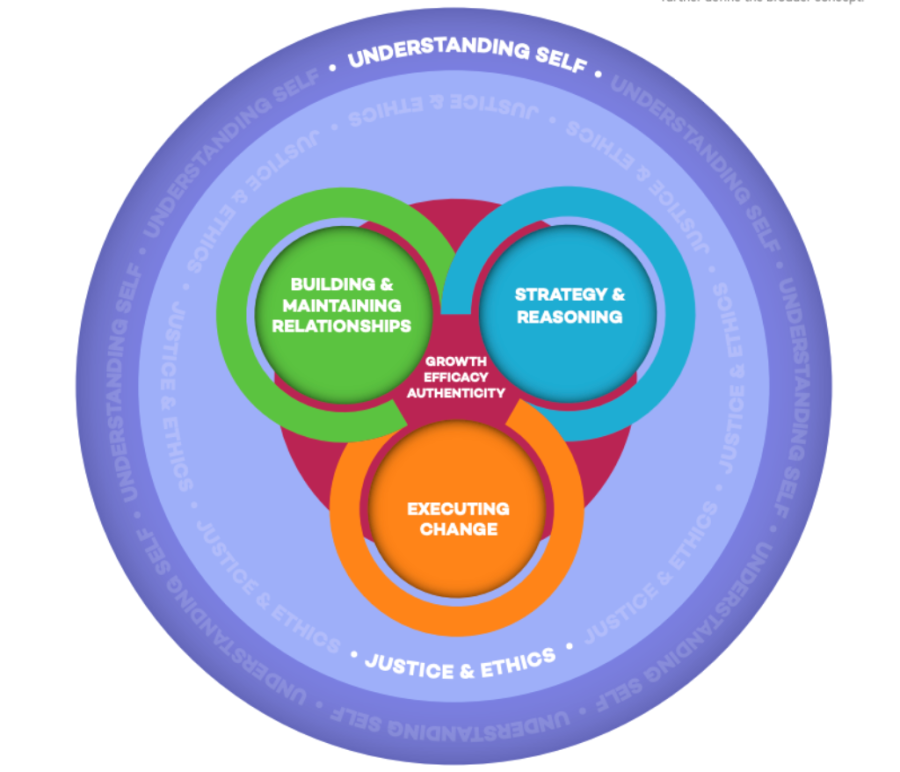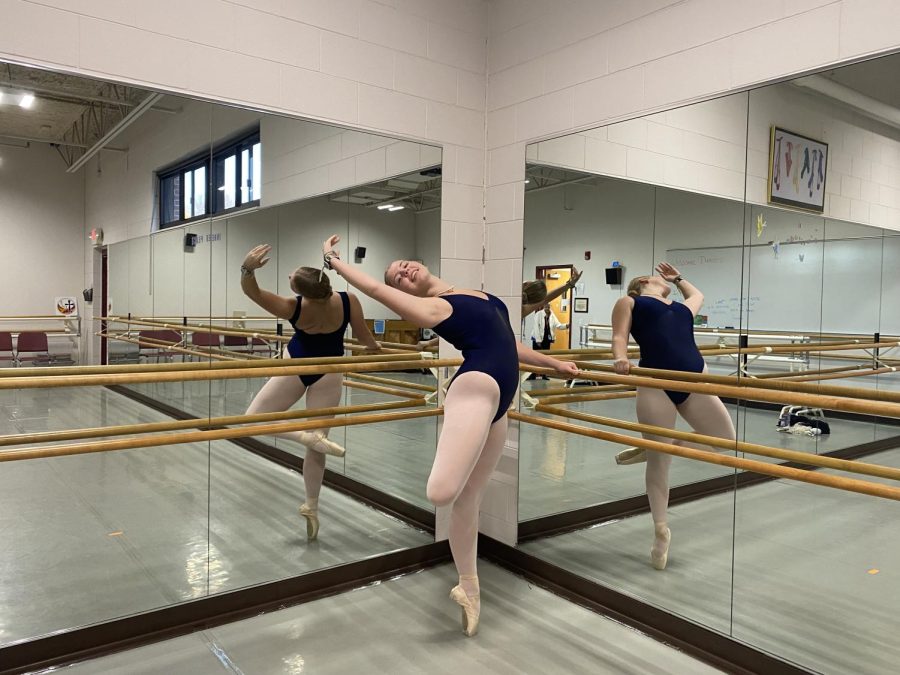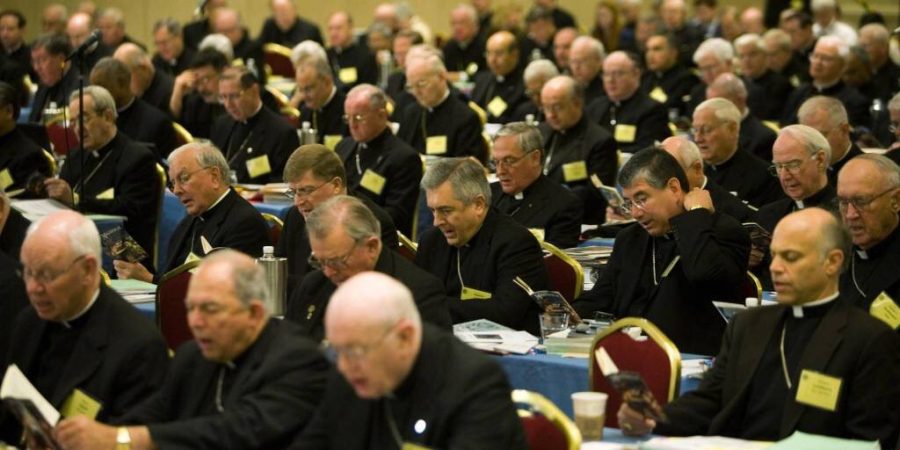Why is it so difficult, in the supposed age of female empowerment, to find a character of which mainstream feminist critics approve? Critics complain when a female protagonist is too kind. They complain if she has a flaw, such as envy, highlighted within the story. In fantasy stories, they complain if the protagonist struggles to master her powers or combat abilities, even though this is a standard character arc for male and female characters in fantasy. When the perfect, overpowered, sassy protagonist finally emerges with the superpower of never, ever being wrong about anything, everyone yawns and calls her a Mary Sue. Female villains seem even harder to get right: they are too evil, or too redeemable. Too merciless, or too merciful.
Interesting character arcs are labeled as patriarchal stereotypes until we are left with identical bold, unbeatable, boring female protagonists, the role of the villain being relegated to the big, bad, sexist men. However, before the age of constant scrutiny was an age of moving protagonists and chilling, effective villains. In fact, my two favorite characters so far from the Visitation literary curriculum are women. I find them incredibly well-written and engaging, yet both are usually slandered by modern feminist literary critics. These two characters are Lucie Manette and Abigail Williams.
One of the characters hails from Victorian London in Charles Dickens’s A Tale of Two Cities: Lucie Manette, the story’s lead protagonist. She has been criticized for her alleged submissiveness and stereotypical femininity. Except Lucie is not submissive. One of the most important moments of the book is when she morally corrects her husband when he makes a remark she finds unfair, leading him to change his views on one of the other characters. Later in the story, when her husband is taken as a prisoner by the French government, she stands in the town square every day to catch a glimpse of him, in open defiance to the society that put him there. Her gentle personality makes these events less obvious, but it adds subtlety to her strength: Dickens doesn’t bash you over the head to tell you Lucie is strong. He simply lets her be both gentle and strong, which makes her all the more interesting and compelling.
Lucie Manette is a true role model. Other critics of Lucie, however, point to this moral fortitude to show that Lucie is the stereotypical Victorian “angel of the household.” The idea is that Victorian novels either portray women as perfect stewardesses of their homes, or as villains. While Dickens does put a lot of focus on Lucie’s home life, she isn’t as perfect as the Victorian ideal would suggest. Time and time again, her father exhorts her not to let her emotions get the better of her in a crisis, which she occasionally does. She spends the book gradually overcoming her propensity to reveal her emotions too easily. Yet again, critics take this flaw and make it an issue of stereotype, because women are typically seen as more emotional than men. That doesn’t mean emotional women don’t exist, and pretending it’s a problem to include those personalities as characters is a complete break with reality. All of these moralistic critiques of Lucie Manette not only alienate women who identify with her character, but degrade one of the most well-written protagonists in literary history.
Another character unreasonably bashed is Abigail Williams, the villain in Arthur Miller’s play The Crucible. Abigail is in love with the protagonist, a married man called John Proctor. She uses the Salem Witch Trials occurring during the time period of the play to imprison his wife, an event that forces him to fight the hysterical Salem courts to reveal the truth. Her character is a perfect foil to his, as his is dedicated to the truth and hers is steeped in deceit. She is also an excellent villain because she is a formidable adversary: she manipulates her way into the center of the courts, and holds the proceedings under her thumb. Part of what makes her so easy to dislike as a reader is how she lies with no shame—and knows how to get away with it. She has a strong motivation (John Proctor), and a complex backstory, having been orphaned at a young age, adding to the depth of her character.
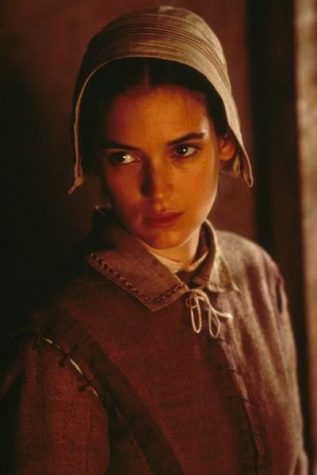
Somehow, Miller gets criticized for misogyny on the grounds of everything that makes Abigail a good villain: power and cruelty. It is frequently argued that the women with power in novels are always the villains, so their authors must be afraid of women with power. This statement raises a few questions: Should female villains no longer be powerful? Should women no longer be cast as villains at all? If this is the subconscious proposition, we have a very problematic culture on our hands.
Villains are important because they are an avenue for the readers to interact with what are called their shadows: the dark side of their personalities. The appeal of villains comes from how they refuse to be pushed around, which many people admire, especially if they themselves are pushed around frequently. Resentment at their own circumstances manifests in people’s psychological shadows, and too much suppression of the shadow can lead to outright malevolence. The villains are a place for the reader to mentally map one’s shadow onto. The reader assimilates the qualities of the villain that are more disagreeable and assertive without also assimilating the villain’s evil behaviors. In other words, a villain helps you properly integrate your shadow and separate assertiveness from evil as you analyze what went wrong in the villain’s character. Stripping this opportunity from women on the grounds of female villains being supposedly sexist is very problematic—let our society beware of that mistake.
Lucie Manette and Abigail Williams have been shamefully mistreated by the modern literary community, which increasingly seeks to set moral boundaries on authors. The space for acceptable female characters is constantly narrowing, which not only stifles creativity, but also alienates women who happen to identify with the female characters now deemed to be nothing more than a mental projection of a chauvinist author. There is also another problem: this approach is downright lazy. It is easy to take existing ideologies and copy-paste them into literary critiques. Modern feminist rhetotic is oftentimes a premade lens with which to judge a story, and that leaves no room for one’s original thoughts. Literature is not meant to fit a moral standard: literature is an expression of ideas, the unique flow of a story when completely unhampered by any thought restrictions.
When we read, we are not meant to bend the story to our desires, but to let our imaginations be bent by the author. When we close the book, we don’t have to agree with the author’s moral conclusion, but we are not meant to critique the book based on morality: we critique the book by its literary merit. In my opinion, ideologically-based moral opinion has a limited space in literature—and exaggerated feminist rhetoric has overstayed its welcome.


